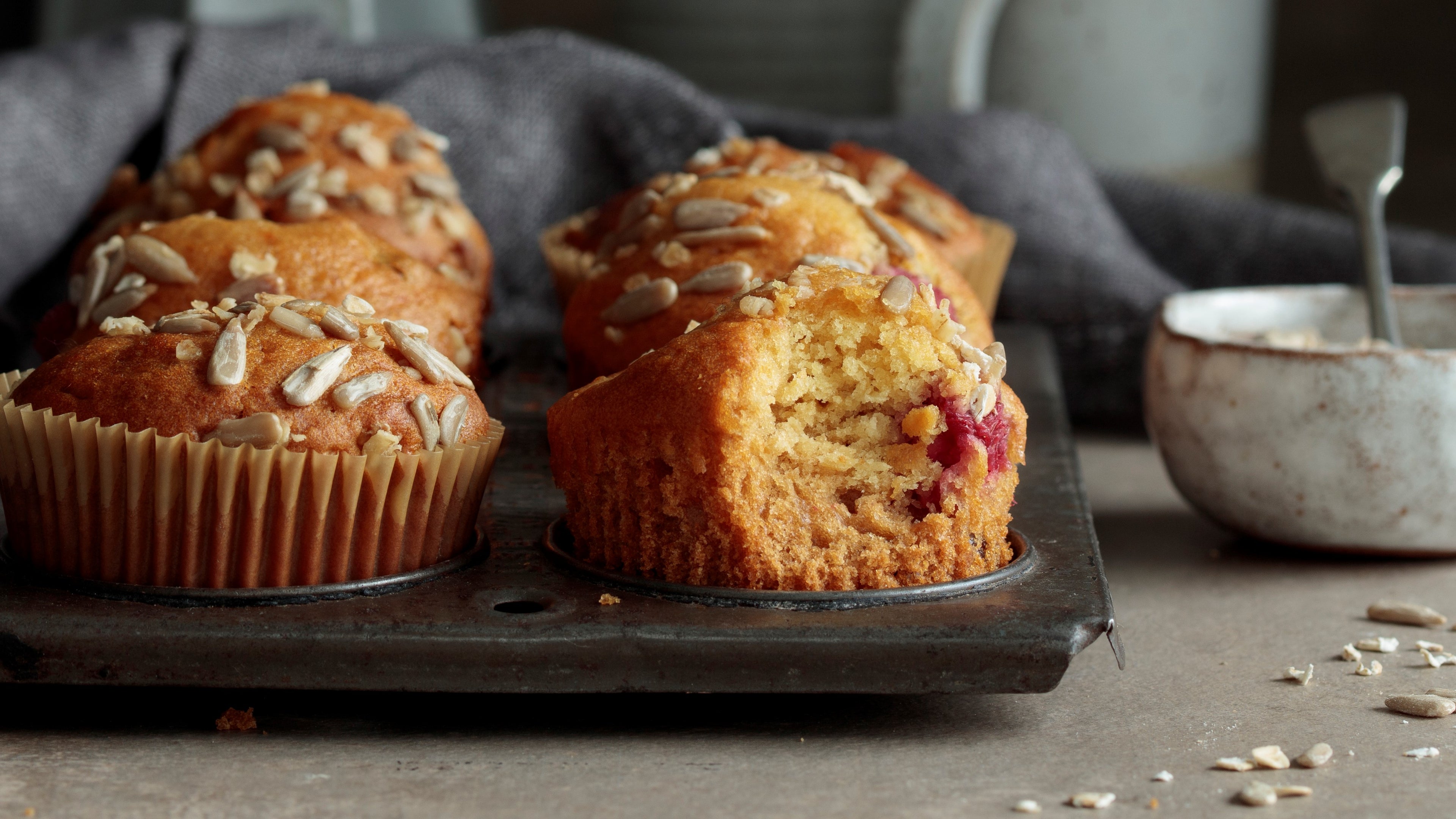Baking with Honey, Everything you Need to Know
PrepWhat kind of Honey is Best for Baking?
We’ve looked at the properties of different types of honey and categorised them as follows:
Light & Mild honey is perfect when you are after a simple sweetness from your bake when you want the honey flavour to act more as the supporting flavour.
Dark & Rich is great when you want the flavour of the honey to shine through and be the hero flavour in your bake.
What can I make out of the Light and Mild Honey?
This honey is particularly good in:
Honey Energy Balls
Baklava
What can I make out of the Dark & Rich Honey?
Here are some recipes for Rich & Dark Honey:
Stem Ginger and Honey Loaf Cake
Honey Sponge Cake
What Does Honey do in Baking?
Honey is a ‘humectant’. This means that it retains moisture- great news for baking as it helps keep biscuits and cake moist. Honey compared with traditional refined sugar, also means you gain a richer colour and fuller flavour.
10 Top Bee Facts
1. Bees pollinate 80% of the world’s fruits, vegetables and seed crops
2. Not all bees make honey! Most bee species do not make honey because they don’t live in a hive and tend to be solitary bees. It’s 3. social honey-making bees that create honey and live in a hive.
4. In a bee’s whole lifetime, it will only make ¼ teaspoon of honey!
5. You need 1 acre of flowers to sustain 1 hive of bees
6. Bees visit 2 million flowers to produce just 500g of honey
7. There are between 30,000 and 80,000 bees in a hive
8. The average yield per UK hive is 12.5kg
9. The queen bee can lay up to 2000 eggs per day
10. It takes 6 weeks from when the eggs are laid to the bees being equipped to forage
11. Bees have been producing honey for at least 150 million years
If you’re a dab hand in the kitchen and want to experiment with honey in recipes yourself, why not familiarise yourself with our top tips? We’ve designed these to help you get the best consistency and bake you possibly can
4 Top Tips for Adjusting Recipes to Bake with Honey
1. Honey contains approx. 20% moisture so when replacing sugar with honey in a recipe you need to reduce the amount of liquid in your recipe.
As a starting point try reducing other liquid by 20% to compensate for the honey, however if the only liquid in the recipe is egg then try increasing the flour in the recipe by 2 tbsp for every 250g of honey.
2. Honey is an acidic ingredient and so adding a very small amount of bicarbonate of soda to your recipe with help reduce the acidity and create the correct conditions for the bake to rise where required.
Try adding ½ tsp bicarbonate of soda for every 250g of honey used.
3. Honey is sweeter than table sugar gram for gram. Due to the higher fructose content and synergistic effect between sucrose and fructose, honey delivers an increased sweetness for the same solids when compared to table sugar.
Watch the sweetness in bakes and if required reduce the honey content slightly. Try a 25% reduction to start with.
4. Recipes using honey brown faster in the oven than white sugar equivalents due to the higher fructose content.
Try reducing the oven temperature by 5-10°C as a starting point to avoid overbrowning.
If you’ve been inspired by reading this, why not give it a go and try baking with honey. Be sure to share your photos on Instagram with us @BakingMadUK
